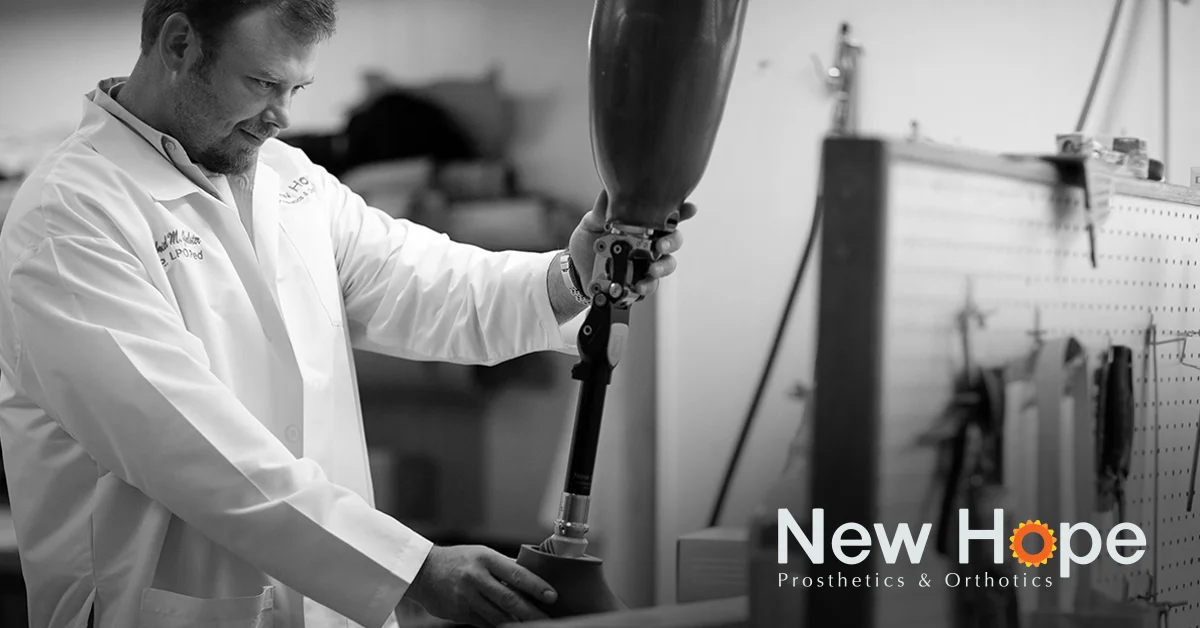The Rundown on Prosthetic Legs
Everyone has heard of prosthetic legs. They’re becoming more common and have helped countless people continue on with their regular lives. But what exactly goes into a prosthetic leg? What does each part do?
Knowing what each part of the prosthetic leg does will help you understand why they work so well together and how to help yourself or anyone you know who has a prosthetic leg.
1. The Limb
The limb of the prosthetic leg is based on the limb it’s attached to and the rest of your body. The design of the limb is different for every person, based on your preferences and the area of amputation.
There are two main types of prosthetic legs: below the knee (BK) and above the knee (AK). Other types include hemipelvectomy, foot amputations, and hip disarticulation.
2. The Socket
The socket connects your residual limb and prosthetic limb and sometimes have a sleeve or harness system. Sockets might need to be updated and changed every few years to fit the natural changes of your body comfortably.
3. Knees and Feet
There are several types of prosthetic knees and feet, and the kinds you get depend on your physical capacities and lifestyle.
There are knees that manually lock and others that are more expensive that automatically know.
There are basic feet, which have a solid ankle and cushioned heel, and there are dynamic response feet, which react to the energy level of the user.
4. Controls
Prosthetic leg controls are simpler than upper limbs because the leg uses mostly gravity. Although if you need more control, cables can be added to the leg for it to become battery operated.

